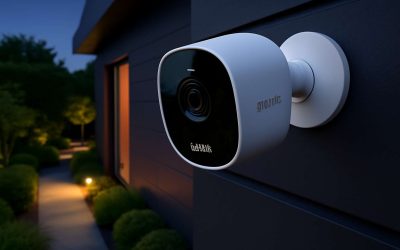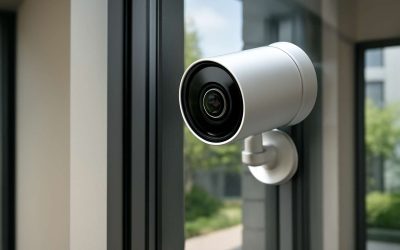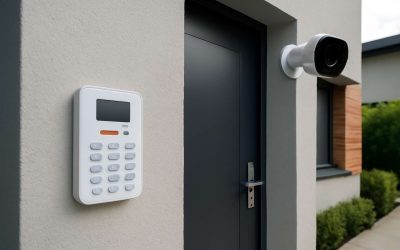A wireless camera kit can help you keep an eye on your home or business without the need for expensive video extension cables. These cameras can transmit data using a broadband connection and offer more flexible mounting options than their wired counterparts, meaning they’re perfect for tricky or hard-to-reach spots. Despite their convenience, however, the quality of wireless camera signals can vary, and you should always be aware that data transmission won’t be as instant as it would be with a hardwired device.
Most wireless cameras use radio frequencies to communicate with each other and with a base station, and they can be affected by interference from nearby devices using the same frequency (such as cordless phones or routers). Moreover, most of them are susceptible to digital snooping – a type of attack that can allow malicious actors to steal private information from your camera. If you’re worried about this, look for a model that encrypts its data or uses an internet security system such as VPN.
The latest generation of wireless cameras also come with the option to connect via cellular data, and this can be useful for some users. This is particularly true if you live in an area with a patchy internet connection, or are concerned about your home Wi-Fi going down for whatever reason. Some models even allow you to use mobile data to upload your recordings to the cloud, so that you don’t lose any footage in a power outage or if your home is invaded by criminals.
Whether you choose a camera with an ethernet cable, a hardwired Wi-Fi connection or a cellular-powered one depends on your needs and budget. A wired camera will be able to handle larger amounts of data than a wireless model, but it’ll also require the installation of a network switch, which can add to your upfront costs. A wireless camera will be simpler to set up, but may experience interference from other household appliances and suffer from data loss if your home Wi-Fi signal is weak or unreliable.
If you’re after a basic indoor camera, we recommend the Arlo Go 2, which records Full HD video in colour during the day and black and white at night, and comes with a magnetic mount that can be easily removed for charging. It’s a simple camera to use and will automatically store up to 60 minutes of footage locally, uploading it to the cloud when your wifi goes down.
For more advanced features, consider the Arlo Pro 4, which has 2K video quality, a spotlight and a siren. It’s compatible with a wide range of smart home platforms, including Amazon Alexa, Google Assistant and IFTTT, so you can create chains that automatically lock your doors, arm the alarm and turn on your cameras when you leave the house. The camera also integrates with smart lighting and other devices in the Arlo ecosystem, so you can control them from your phone or Alexa-enabled speaker.



0 Comments